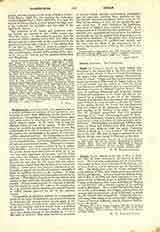

Conal (or CONALL), Saint, an Irish bishop who flourished in the second half of the fifth century and ruled over the church of Drum, County Roscommon, the place being subsequently named Drumconnell, after St. Conal. Colgan and his copyists inaccurately locate his church at Kilconnell in County Galway, but it is now certain that the church of which St. Conal was bishop was south of Boyle, and, as a matter of fact, the saint is known as “Blessed Conal of Drum”. The error of ascribing Kilconnell and Aughrim, County Galway, as foundations of St. Conal can also be dissipated by a reference to the life of St. Attracta, wherein it is recorded that she came to the neighborhood of Boyle in order to build a cell near the church of her uterine brother, St. Conal, but was dissuaded from her project by St. Dachonna of Eas Dachonna, now Assylin, at the bidding of the saint. We read that St. Attracta prophesied that the episcopal churches of St. Conal (Drumconnell) and St. Dachonna (Eas Dachonna) would in after days be reduced to poverty, owing to the fame of a new monastic establishment. This prophecy was strikingly fulfilled, inasmuch as Drum and Assylin soon after ceased to be episcopal sees, while in 1148 the great Cistercian Abbey of Boyle (q.v.) was founded. St. Conal died about the year 500, and his feast is celebrated on March 18, though some assign February 9 as the date.
W. H. GRATTAN-FLOOD

